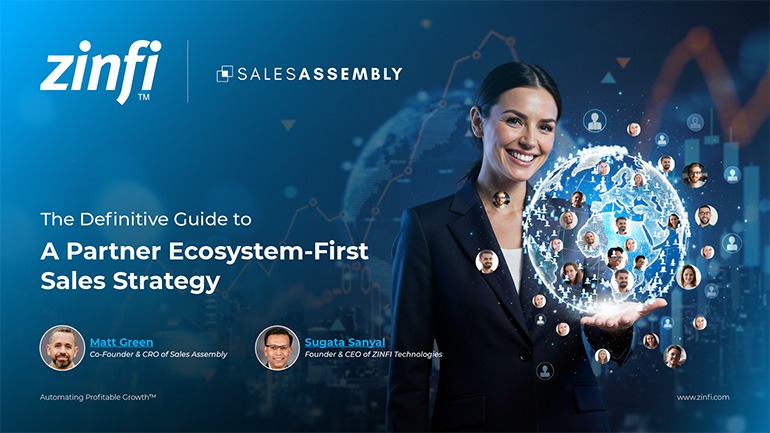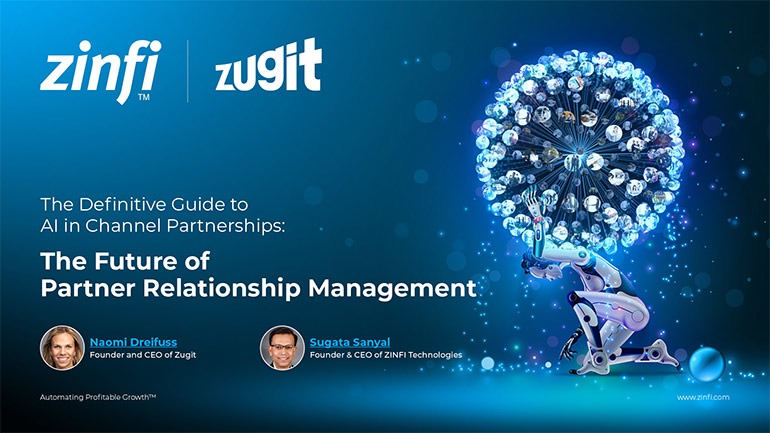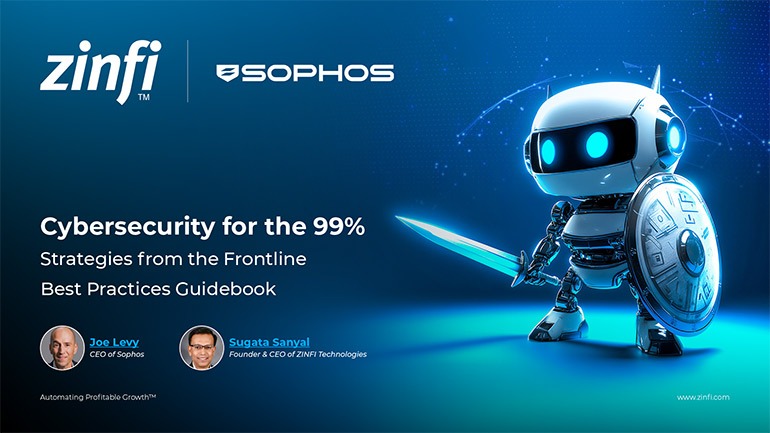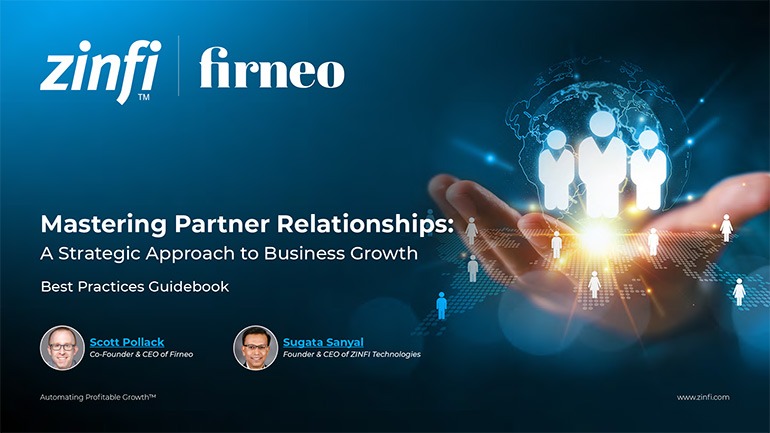Glossary - How to - Channel Ecosystem
How to Build a Successful Channel Ecosystem?
Introduction
In the modern business landscape, a channel ecosystem drives revenue, expands market reach, and ensures sustainable growth. A channel ecosystem comprises a network of partners—including resellers, distributors, affiliates, system integrators, and managed service providers—who collaborate with a company to sell and support its products and services. These partners form an interconnected system that enables businesses to deliver value to end customers efficiently.
Understanding the structure and function of a channel ecosystem is essential for businesses looking to optimize their partner relationships. With the advent of Partner Relationship Management (PRM) software, organizations can now automate channel management, enhance partner collaboration, and streamline operations. PRM tools facilitate communication, track performance, and ensure partners receive the necessary resources to succeed.
Key Takeaways:
Understanding the Components of a Channel Ecosystem:
A robust channel ecosystem comprises multiple components, each playing a crucial role in the partner lifecycle:
- Distributors: Act as intermediaries between manufacturers and resellers, ensuring efficient product distribution.
- Resellers: Sell products and services directly to end customers, often providing additional support.
- Managed Service Providers (MSPs): Offer outsourced IT services, including cloud computing and cybersecurity solutions.
- Affiliates and Influencers: Drive awareness and sales through digital marketing and referral programs.
- Technology Partners: Integrate software or hardware solutions to enhance product functionality.
Leveraging a PRM platform helps organizations effectively manage these components, ensuring a seamless and productive ecosystem.
Developing a Channel Strategy for Sustainable Growth:
Creating a well-defined channel strategy is essential for long-term success. Key considerations include:
- Partner Selection Criteria: Define ideal partner profiles based on expertise, market reach, and alignment with business goals.
- Incentive Programs: Offer competitive commission structures, rebates, and performance-based rewards.
- Partner Enablement: Provide training, certification programs, and marketing resources to enhance partner capabilities.
- Data-Driven Decision Making: Utilize analytics tools to track partner performance and optimize strategies.
Automating Channel Management with PRM Software:
PRM software streamlines partner interactions by offering:
- Automated Onboarding: Ensuring new partners receive training and resources promptly.
- Lead and Deal Registration: Reducing channel conflict by tracking partner-generated leads.
- Marketing Automation: Enabling partners to execute co-branded campaigns with minimal effort.
- Performance Dashboards: Providing real-time insights into sales and marketing effectiveness.
Companies using ZINFI’s PRM solutions benefit from centralized partner data, seamless communication, and scalable partner engagement.
Overcoming Common Challenges in a Channel Ecosystem:
Organizations often face obstacles in channel management, including:
- Partner Misalignment: Addressed by setting clear expectations and KPIs.
- Channel Conflict: Mitigated through lead registration and territory management.
- Inefficient Communication: Resolved by implementing a unified PRM platform for collaboration.
- Lack of Visibility: Overcome with real-time reporting and analytics.
Companies foster a more productive and profitable channel ecosystem by addressing these challenges.
Measuring Success and Continuous Improvement:
To ensure ongoing success, businesses must track key performance indicators (KPIs) such as:
- Partner Engagement Levels: Measured through training completion rates and portal logins.
- Sales Contribution: Evaluated based on partner-driven revenue and deal registrations.
- Customer Satisfaction: Gauged through Net Promoter Scores (NPS) and feedback surveys.
- Return on Investment (ROI): Analyzed by comparing channel costs against revenue generated.
Implementing PRM analytics ensures continuous optimization and strategic decision-making.
Summary of Key Takeaways:
- An efficient channel ecosystem requires a structured approach to partner selection, enablement, and management.
- PRM software enhances automation, communication, and performance tracking.
- Strategic planning and technology can mitigate channel conflict and misalignment.
- Measuring KPIs such as sales contribution and partner engagement ensures ongoing success.
Key Examples:
- Automotive Manufacturing: Automobile companies leverage dealership networks and component suppliers to create a seamless supply chain, ensuring efficient sales and support services.
- Consumer Electronics: Brands like Apple and Samsung rely on resellers, distributors, and technology partners to enhance global reach and service quality.
- Energy Production: Energy firms partner with equipment manufacturers, service providers, and regulatory bodies to ensure efficient energy distribution and compliance.
- Financial Services: Banks and financial institutions utilize affiliate partnerships and fintech collaborations to expand their customer base and digital service offerings.
- Food and Beverage: F&B companies build strong distribution and retail partnerships to ensure product availability across multiple channels, from grocery stores to online platforms.
- Healthcare Services: Healthcare providers partner with medical device manufacturers, insurance companies, and pharmaceutical firms to deliver comprehensive patient care.
- Information Technology: IT companies like Microsoft and IBM depend on VARs (Value-Added Resellers), MSPs, and cloud service providers to scale their solutions globally.
- Pharmaceutical Development: Pharmaceutical firms work with research organizations, medical distributors, and government agencies to streamline drug development and distribution.
- Retail Industry: Retailers collaborate with e-commerce platforms, logistics providers, and payment processors to enhance customer experience and optimize operations.
- Telecommunications: Telecom providers form alliances with hardware manufacturers, software developers, and service resellers to expand their market reach.
Conclusion:
A well-structured channel ecosystem is essential for businesses to expand their market presence and optimize partner collaboration. By leveraging PRM technology, companies can automate partner management, enhance communication, and track performance effectively.
To succeed in the competitive landscape, businesses must focus on strategic partner engagement, data-driven decision-making, and continuous optimization. Organizations with the right approach can build a high-performing channel ecosystem that drives sustained growth. By implementing these strategies, businesses can ensure a scalable and profitable channel ecosystem that aligns with their long-term growth objectives.
Associated Keywords:















